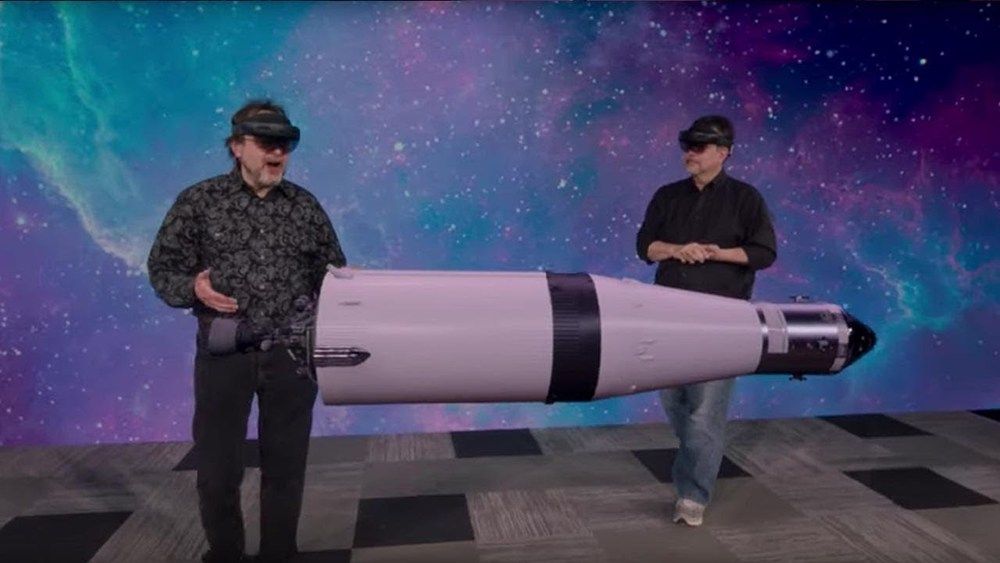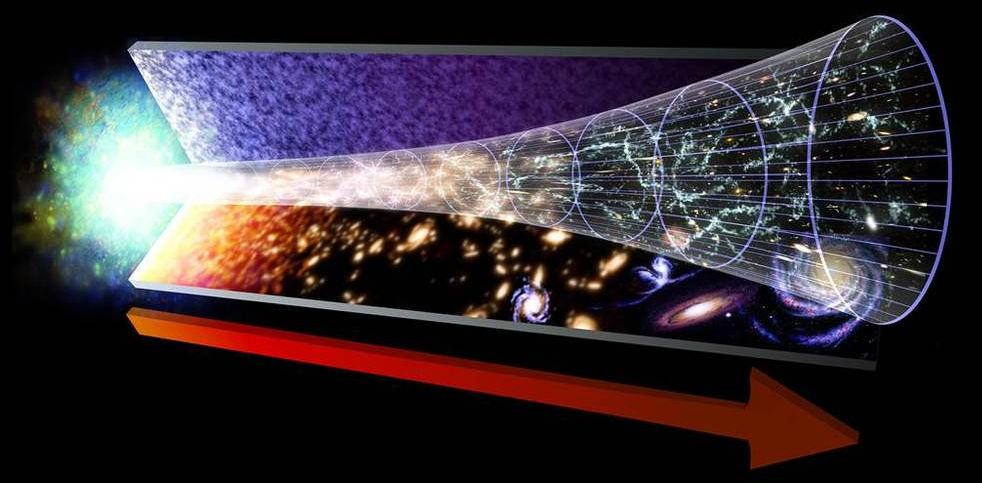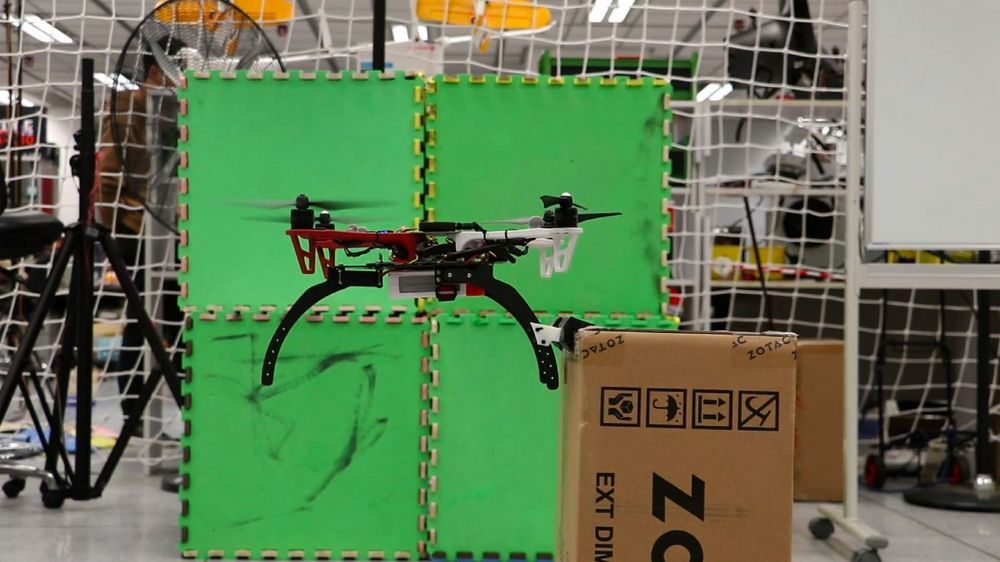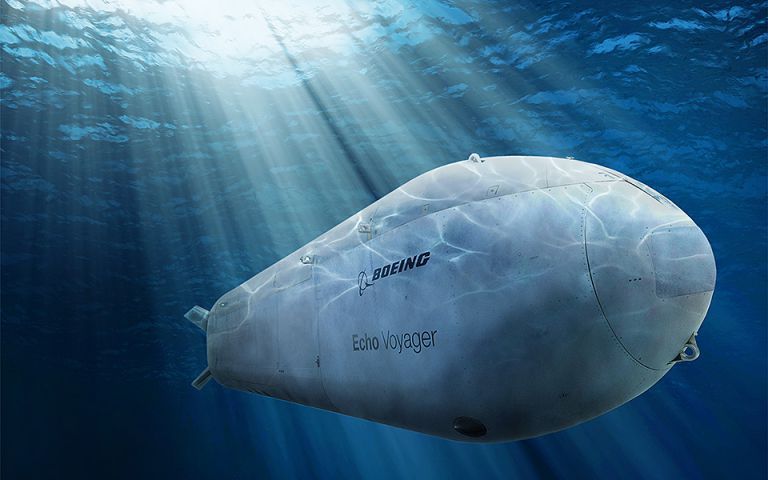Page 8859
May 7, 2019
What happened before the Big Bang?
Posted by Derick Lee in categories: alien life, evolution, physics
In trying to answer such questions, scientists bump up against the limits of the laws of physics. Existing theories can account for the evolution of the universe from its earliest moments — from a fraction of a second after the Big Bang — but the question of what came before has been among the most vexing in all of science.
“It’s my life’s work to try to answer that question,” University of Toronto physicist Renée Hložek says.
This image represents the evolution of the universe, starting with the Big Bang. The red arrow marks the flow of time.
May 7, 2019
How Epic & ILM’s John Knoll Tried to Recreate the Moon Landing for Microsoft’s Build 2019 Keynote
Posted by Klaus Baldauf in categories: augmented reality, space

In the end, it wasn’t meant to be. Microsoft had pulled out all the stops for its Build 2019 developer conference keynote on Monday morning. The company had partnered with Epic Games and Industrial Light & Magic chief creative officer John Knoll for a hugely ambitious demo of its Hololens 2 headset that aimed to recreate the Apollo 11 moon landing, 50 years after the fact, in mixed reality.
All had worked out well during multiple rehearsals over the last few days. But when Knoll and science journalist and “Man on the Moon” author Andrew Chaikin were set to go on stage on Monday, the demo just didn’t run. Microsoft stalled by extending its pre-show ImagineCup competition until the show’s moderator couldn’t think of any more questions to ask. Then Knoll and Chaikin went on stage, giving it one more go — and the mixed-reality overlays simply refused to appear.
May 6, 2019
The Libertarian Freedom of Cyberspace Is Over
Posted by Genevieve Klien in categories: governance, internet
Internet theorists and companies once declared themselves free of nations and governance, but that’s all over now.
May 6, 2019
Telescopes in space for even sharper images of black holes
Posted by Genevieve Klien in categories: cosmology, satellites
The idea is to place two or three satellites in circular orbit around the Earth to observe black holes. The concept goes by the name Event Horizon Imager (EHI). In their new study, the scientists present simulations of what images of the black hole Sagittarius A would look if they were taken by satellites like these.
More than five times as sharp
“There are lots of advantages to using satellites instead of permanent radio telescopes on Earth, as with the Event Horizon Telescope (EHT),” says Freek Roelofs, a PhD candidate at Radboud University and the lead author of the article. “In space, you can make observations at higher radio frequencies, because the frequencies from Earth are filtered out by the atmosphere. The distances between the telescopes in space are also larger. This allows us to take a big step forward. We would be able to take images with a resolution more than five times what is possible with the EHT.”
Continue reading “Telescopes in space for even sharper images of black holes” »
May 6, 2019
If Drones Had ‘Claws,’ They Might Be Able To Fly For Longer
Posted by Genevieve Klien in categories: drones, robotics/AI
Drones Might Work Longer With Some Bird-Inspired Modifications Small drones have a problem — their battery life runs out relatively quickly. A team of roboticists says it has created special landing gear that can help conserve precious battery life.
May 6, 2019
New look at VW’s ID all-electric hatchback
Posted by Quinn Sena in category: transportation

Volkswagen is about to open its order book for the ID all-electric hatchback, the first all-electric vehicle built on its new MEB platform made to mass produce electric vehicles.
We now get a rare new look at a camouflaged ID prototype ahead of the production version unveiling.
Continue reading “New look at VW’s ID all-electric hatchback” »
May 6, 2019
Navy’s Giant New Robot Sub Will Prowl Ocean For Months Autonomously
Posted by Quinn Sena in categories: military, robotics/AI
The Navy just awarded Boeing a contract to build a giant robot submarine, called the Orca Extra-Large Unmanned Undersea Vehicle, which it says will prowl the depths of the ocean autonomously for months at a time.
The U.S. Naval Institute says the sub will be used for “mine countermeasures, anti-submarine warfare, anti-surface warfare, electronic warfare and strike missions.”
May 6, 2019
New Strain of Virus That Threatens Pets Is “Great Reminder” to Vaccinate Dogs
Posted by Genevieve Klien in category: biotech/medical
May 6, 2019
Up to 1 million species are facing extinction, according to a new UN report. Without them, we could run out of food
Posted by Quinn Sena in categories: existential risks, food, habitats
A new United Nations report on the world’s biodiversity found that between 500,000 and 1 million species face extinction due to habitat destruction.
















